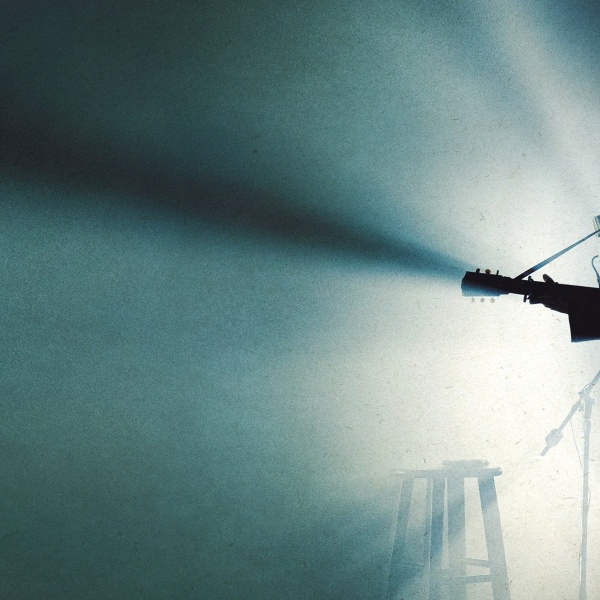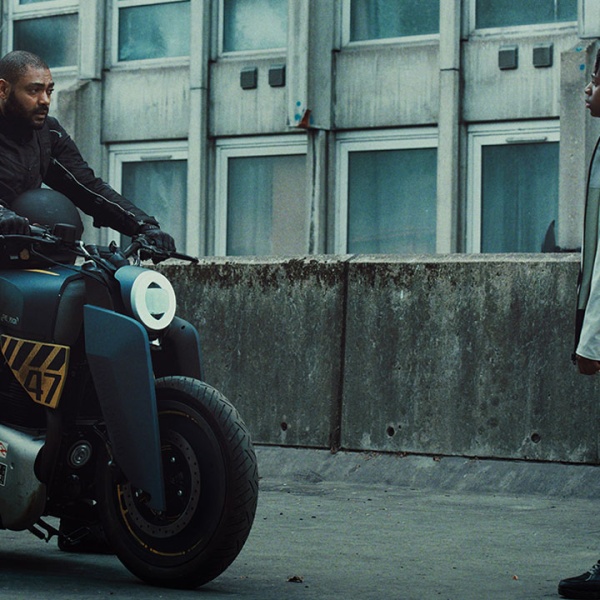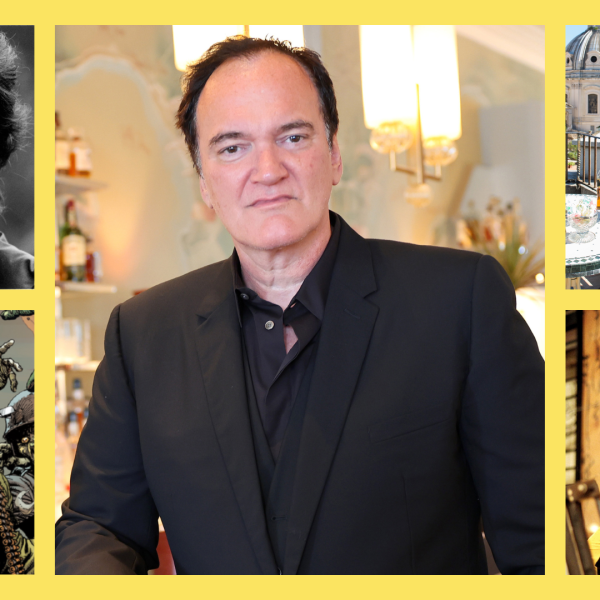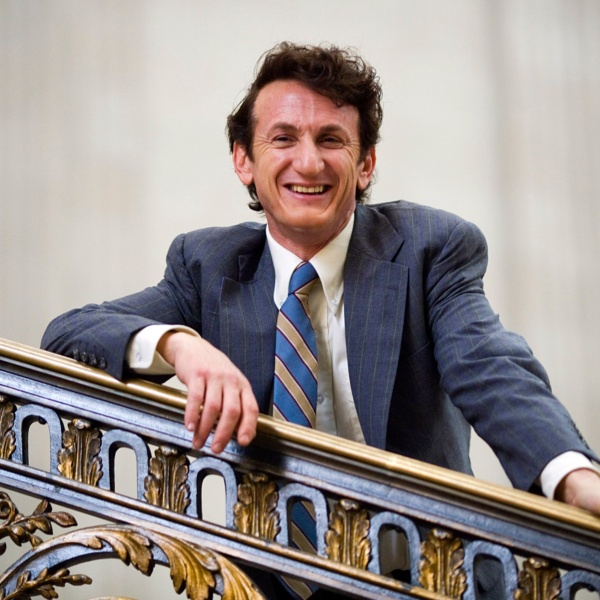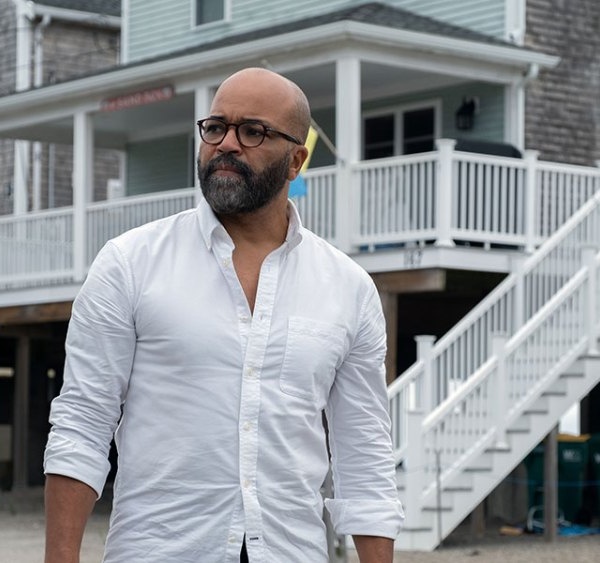“The Beast Within” literally refers to the werewolf that Noah (Kit Harrington) shape-shifts into during the dead of night, but director and co-writer Andrew J. Farrell uses his Gothic-lite film to ask insipid questions about inner monstrosity. Does Noah transform into a werewolf or is he really becoming his true self? An ancient ancestral curse may be the reason for his lycanthropic plight, but hasn’t he always been something of a beast anyway? Is the transmogrification really the cause of his family’s domestic hardship or is it just an externalization of Noah’s own brutish behavior? (“Are these all actually the same question?” you may be asking yourself. Yes, indeed they are.)
It’s old hat for werewolves on screen to be deployed as symbols; you can date the practice back to the Lon Chaney-starring monster films Universal Pictures made in the ’30s and ’40s. But “The Beast Within” has nothing much to offer except the domestic violence allegory at its center, so Farrell repeatedly emphasizes, spotlights, and underlines it in red, just in case anyone was unclear about what the film was really about. Werewolves might be the film’s supernatural hook, but “The Beast Within” exhibits little interest in the therianthropic beyond its use as a writerly device. It’s as if someone set a film in space just to interrogate the “black void” that is American federal tax policy.
This approach wouldn’t necessarily be a dealbreaker if the film’s family drama were at all compelling on its own merits, but instead it trades in broad strokes rather than specifics. “The Beast Within” technically follows the 10-year-old Willow (Caoillinn Springall) who lives an isolated life in her family’s compound in the English wilds. She has a respiratory condition that requires her to frequently use an oxygen tank, so she spends much of her time indoors or close to her mother Imogen (Ashleigh Cummings) and her grandfather Waylon (James Cosmo). Much of the film features Willow listening in on tense conversations between the haggard adults in her life from behind closed doors or within the shadows.
Imogen and Waylon try to conceal the truth about Noah’s “condition” from Willow, but eventually curiosity gets the best of the young girl and she discovers where they take her dad at night. The revelation initially brings Willow closer to Noah, who opens up to her about his family history of nocturnal mutations, but eventually Willow realizes how much of a danger her father poses to herself and the rest of the family. She sees that his guilt and shame regarding his werewolfery doesn’t override the emotional and physical violence he inflicts on her or her mother. The twist is plain: it’s been domestic abuse the whole time!
While the principal actors do their best to imbue the writing with genuine feeling, whether that’s terror or uncontrollable anger or affection, it’s difficult to invest in such rank clichés even correcting for the story’s fantastical elements. Harrington delivers a decent monologue roughly halfway through the film where his character confesses the truth about himself; as he avoids his daughter’s gaze, he wears a potent mixture of disgrace and bitterness as he explains how he’s doomed to be only half a person. But any time he’s required to be a rage case or a superficially sweet father, he relies on generalities and unspecific gestures. Similarly, Cummings tries to embody an abuse victim’s emotional dilemma — stuck between defending a person whom she loves while constantly managing and avoiding their behavior so she doesn’t contend with more savagery — but the character itself feels like an amalgamation of generic tics rather than a full-fledged person. Even Cosmo, who successfully leans on being a sweet, tough old man, mostly goes through the motions of being a father forced to watch his daughter stay married to a monster.
It doesn’t help matters that “The Beast Within” uses Gothic fairytale imagery as window dressing instead of a genuine backdrop. The foreboding woods, the haunted castle-like compound, even the rustic wardrobes all have a secondhand quality to it, like everyone is playing spooky dress up in service of a clumsy message. There’s no sense of life being lived within the world of the film, which is indicated by a general refusal to shade in any details about the environment or even the characters beyond their scene-by-scene purpose. (For example, it’s unclear what Noah does for a living other than chop wood, or whether Willow has received any education in her life.) Generally speaking, specifics seem to have been sacrificed en masse for the sake of tone, which itself feels imprecise.
Granted, folklore tends to elide pesky details for the sake of mood, but the internal logic of “The Beast Within” feels flimsy at best. It’s unclear what triggers Noah’s transformations other than “nighttime,” and while the English countryside might be a perfect place to stow a werewolf away from civilization, it seems like the worst locale for a child with severely compromised health. (Without spoiling much, however, Willow’s oxygen tank turns out to be more plot device than characterization.) The film’s temporal fuzziness also baffles: everything screams mid-19th century except for the appearance of cars and headphones. Sadly, these are nitpicking queries that arise when the film itself fails to garner much involvement on its own. Even the traditional horror and suspense elements in “The Beast Within” feel uninvolved. The jump scares are predictable and tacky, and the final confrontation drags on forever.
“There are two wolves inside all of us… they are always at war” reads the film’s opening quote (hilariously credited to “Proverb”), but “The Beast Within,” intentionally or not, argues the exact opposite: there’s one wolf inside some of us, and he’s won the war. The “light” or “good” side of Noah feels like a smoke screen to conceal his true evil self; how much does playing with your daughter really count for if you’re swatting sandwiches out of her hand and telling her to “shut the fuck up” at the drop of a hat? The film gestures towards the idea that Willow might have inherited the curse from her father, but if that’s the case, it also suggests that she would have the moral sense to tame herself — or, if it came to it, eliminate herself before she hurt anyone — because she’s not a bad person. For all of the film’s handwringing about love and family, the calculus is fairly straightforward: it’s not that Noah turns into a werewolf at night, it’s that he’s an asshole whether he’s human or not. Wolves can be trained, after all; people, unfortunately, are more complicated.
Grade: C-
“The Beast Within” is now playing in theaters.

